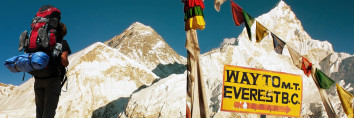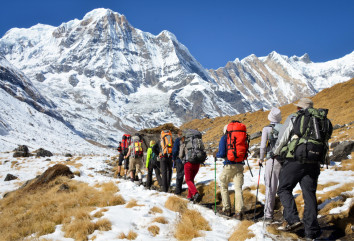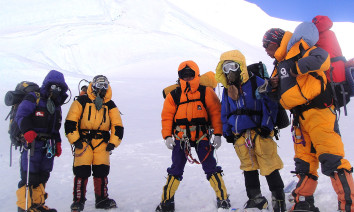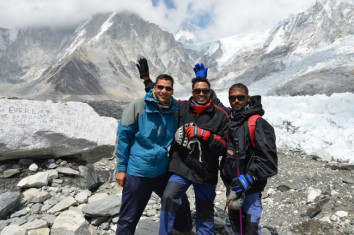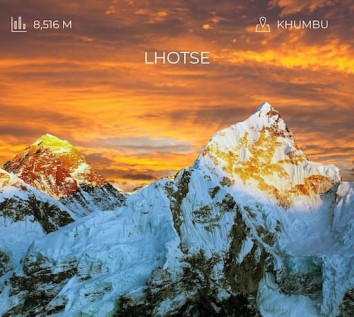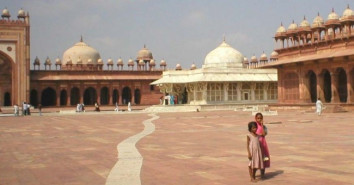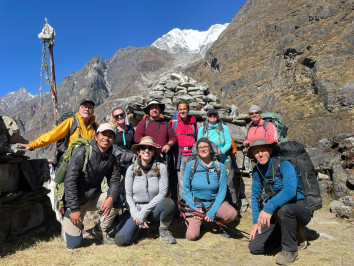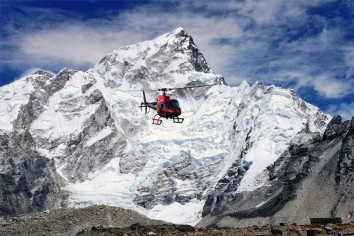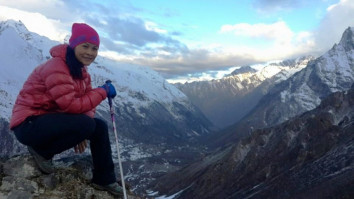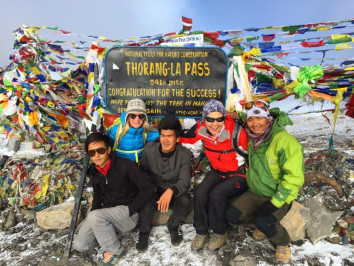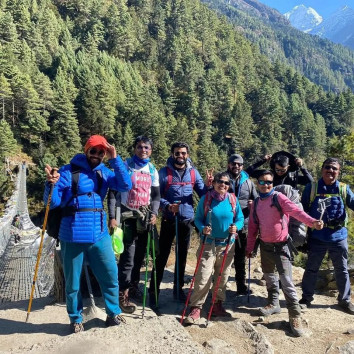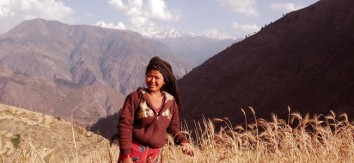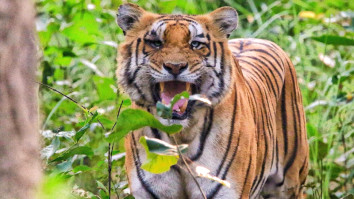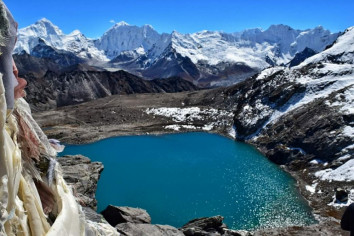2nd Jan, 2024
Where is Nepal?
Welcome to Nepal, a country in Asia nestled along the southern slopes of the mighty Himalayan mountains. Imagine a landlocked nation, surrounded by India on the east, south, and west, and China's Tibet Autonomous Region to the north. It's like a beautiful canvas stretching about 500 miles from east to west and 90 to 150 miles from north to south. And right in the heart of it all is the vibrant capital city, Kathmandu.
Table of Contents
Let's take a quick journey through Nepal's history. For a long time, hereditary prime ministers kept Nepal isolated from the world. But in 1950, there was a big change when a palace revolt brought back the crown's authority. By 1951, Nepal joined the United Nations. Fast forward to 1991, and the kingdom adopted a multiparty parliamentary system. Then, in 2008, after a decade of challenges, including a strong Maoist insurgency, Nepal waved goodbye to the monarchy and embraced democracy.
Now, being squeezed between two giants, India and China, Nepal likes to keep things balanced in its foreign policy to stay independent. Here's something interesting: Nepal plays a crucial role in the geopolitics of the region. A strong Nepal can block China's access to the lush Gangetic Plain, marking the southern limit of China's influence north of the Himalayas in Asia.
Despite its breathtaking landscapes, Nepal has faced challenges due to years of isolation. It's one of the less developed nations globally. But don't worry, friends from around the globe have stepped in to help. Countries like India, China, the United States, the United Kingdom, Japan, Denmark, Germany, Canada, and Switzerland have all lent a hand to support Nepal's growth. The foreign aid depends a lot on Nepal's strategic position between India and China.
So there you have it, a snapshot of Nepal—where history, geopolitics, and the stunning Himalayas come together to create a unique and fascinating country
Nepal's Diverse Geography
Nepal is like a patchwork quilt of stunning landscapes, boasting some of the world's most challenging mountain terrains. Imagine a country where about 75 percent is covered by mountains! Let's break it down into four main parts running from the south to the north:
Tarai:
This is a low, flat, and fertile land next to India. It's about 16 to 20 miles wide and home to rich agricultural areas in the south, while the north has marshy regions with wildlife and malaria.
Churia Foothills and Inner Tarai:
Moving north, you'll find forested foothills rising to the rugged Mahābhārat Range, creating broad basins that people call the Inner Tarai. Some areas have been cleared for timber and cultivation.
Mid-Mountain Region:
Between the Mahābhārat Range and the Great Himalayas lies a middle area with complex mountain ranges, varying in elevation from 8,000 to 14,000 feet. This region includes the valleys of Kathmandu and Pokharā.
Great Himalaya Range:
The northern boundary is marked by the mighty Great Himalayas, with peaks soaring to over 29,000 feet. This region is mostly uninhabited, except for scattered settlements in high mountain valleys.
Flowing Waters and Valleys
Now, let's talk about water! Nepal has some significant rivers:
- The Bāghmati River flows through the Kathmandu Valley, passing the sacred temple of Paśupatinātha.
- The Seti River drains the Pokharā Valley, which has beautiful lakes, including the largest, Phewa Lake.
The major rivers—Kosi, Nārāyani (Gandak), and Karnāli—create transverse valleys with deep gorges. These rivers offer huge potential for hydroelectric power, with ongoing projects and discussions for further development.
Nepal's Climate
Nepal's climate is as diverse as its geography:
- From subtropical monsoons in the Tarai to warm and cool temperate conditions in the mid-mountain region.
- Higher up, you'll find cool temperate to Alpine climates.
- Above 16,000 feet, it's always freezing, with snow and ice covering the surface.
The amount of rainfall varies, with heavier rains in the east and drier conditions in the west.
Rich Plant and Animal Life
The natural beauty isn't just about the landscape. Nepal's plant and animal life add to the charm:
- In the Tarai, you'll find deciduous vegetation with trees like khair, sissoo, and sal.
- The mid-mountain region hosts a mix of pines, oaks, rhododendrons, and more.
- Alpine vegetation graces the higher parts of the Great Himalaya Range.
And let's not forget about the incredible wildlife, from Bengal tigers and leopards to rhinoceros and various species of deer. The Yeti, a legendary creature, is said to roam the high snow mountains.
Conclusion
Nepal is a country of contrasts, where mountains meet rivers, and lush forests house a diverse array of flora and fauna. Its unique geography and rich biodiversity make it a captivating destination for nature lovers and adventure seekers alike.
Diverse Ethnic Tapestry of Nepal
Nepal is a melting pot of vibrant cultures and rich traditions, shaped by the fascinating movements of various ethnic groups over time. Let's take a closer look at the colorful mosaic that makes up the people of Nepal:
1. Indo-Aryan Ancestry:
The early settlement waves brought Indo-Aryan people from northern India, creating a significant impact on Nepal's cultural fabric. Among them, the Pahāṛī community, including the prestigious Chhetree, Brahman-Hill, and others, have held sway in Nepal for centuries. The ruling families have often hailed from Indo-Aryan and Hindu backgrounds, adding a historical layer to their prominence.
2. Tibeto-Nepalese Communities:
In the northern and eastern regions, you'll find the vibrant Tibeto-Nepalese groups, including the Tamang, Rai, Limbu, Bhutia (including the Sherpa), and Sunwar. Each group brings its unique cultural flavor, contributing to the diverse tapestry of Nepal. Notably, the Magar and Gurung communities call west-central Nepal home, and many from these groups have earned fame as Gurkha contingents in the British army.
3. Early Settlers:
Before the waves of Tibetan and Indo-Aryan migrations, there were early settlers in Nepal. This group includes the Newar and the Tharus, each with distinct customs and traditions. The Newar, having embraced Indo-Aryan and Hindu practices over time, continue to wield considerable influence in Nepal, particularly in the culturally rich Kathmandu valley.
Nepal's ethnic landscape is a testament to the harmonious coexistence of various communities, each contributing to the nation's unique cultural identity. Explore the traditions, languages, and histories that converge to make Nepal a truly diverse and fascinating tapestry of humanity.
Diverse Linguistic Landscape of Nepal
Explore the rich tapestry of languages that weave together the cultural fabric of Nepal:
1. Nepali (Gorkhali):
The heart and soul of communication in Nepal, Nepali (also known as Gorkhali) serves as the principal and official language. Widely spoken in the Tarai and the mid-mountain region, Nepali belongs to the Indo-Aryan branch of the vast Indo-European language family.
2. Regional Dialects:
Beyond Nepali, a symphony of regional dialects flourishes in the Tarai and mountainous areas, adding unique linguistic nuances to different communities.
3. Tibeto-Burman Languages:
Venture into the northern and eastern corners of Nepal, and you'll encounter a fascinating array of Tibeto-Burman languages. This linguistic family includes Magar, Gurung, Rai, Limbu, Sunwar, Tamang, Newari, as well as diverse Bhutia dialects like Sherpa and Thakali.
4. Newari:
While Newari is commonly associated with the Tibeto-Burman family, its linguistic journey is a blend of influences from both Tibeto-Burman and Indo-European languages. Spoken in various regions, Newari carries a unique linguistic heritage.
Embark on a linguistic journey through Nepal, where each language reflects the cultural diversity and historical intersections that make this nation a linguistic mosaic. From the plains to the mountains, the voices of Nepal echo in a harmonious celebration of linguistic richness
FAQ
-
Is Nepal part of India or China?
Nepal is an independent country situated between India and China. -
What is Nepal called country?
Nepal is a sovereign country. -
Who is the first king of Nepal?
The first king of unified Nepal was King Prithvi Narayan Shah, who ruled from 1723 to 1775. -
What is Nepal full form?
Nepal does not have a full form; it is the official name of the country. -
What is the old name of Nepal?
The old name of Nepal is believed to be "Khaptad Land." -
How much old is Nepal?
The history of Nepal dates back to ancient times, with its unification under King Prithvi Narayan Shah in the mid-18th century. -
Who controls Nepal?
Nepal is a sovereign nation with its own government and is not controlled by any other country. -
Is Nepal older than India?
In terms of modern political entities, both Nepal and India have ancient histories, and it's not accurate to say one is older than the other. -
Is Nepal a Hindu country?
Nepal was a Hindu kingdom until 2008 when it was declared a secular state. Hinduism remains a significant religion in Nepal. -
Why is Nepal called a country?
"Country" is a term used to refer to a sovereign state or nation. Nepal is called a country because it is an independent and sovereign nation. -
Who started the Nepali language?
The development of the Nepali language can be attributed to King Prithvi Narayan Shah and his court scholars. -
What is Nepal's history?
Nepal has a rich history that includes various dynasties, kingdoms, and the unification of smaller states into a single nation in the 18th century. -
What is Nepal best known for?
Nepal is best known for its stunning Himalayan landscapes, including Mount Everest, as well as its rich cultural heritage, diverse ethnic groups, and trekking opportunities. -
What is the religion of Nepal?
Nepal is a diverse country with Hinduism being the major religion, followed by Buddhism, Islam, and other faiths. -
Which language is spoken in Nepal?
The official language of Nepal is Nepali. There are also several regional languages and dialects spoken by various ethnic groups. -
Is Nepal the oldest country in Asia?
Nepal is an ancient country, but it is not the oldest in Asia. There are other Asian countries with equally ancient histories. -
What are people from Nepal called?
People from Nepal are called Nepalis or Nepalese. -
Is Nepal a rich country?
Nepal is classified as a developing country, and its economy is not among the wealthiest. However, it is rich in natural beauty and cultural heritage. -
Is Nepal richer than India?
No, India has a larger and more diverse economy compared to Nepal. -
Which people live in Nepal?
Nepal is home to a diverse range of ethnic groups, including but not limited to the Gurung, Tamang, Newar, Tharu, and Sherpa people. -
Is Nepal ruled by India?
No, Nepal is an independent and sovereign nation with its own government. -
Why is Nepal against India?
As of my knowledge cutoff in January 2022, there were no major conflicts between Nepal and India. Relations between countries can be complex and may involve diplomatic, political, or historical factors. -
Is Nepal a country or city?
Nepal is a country. Kathmandu is its capital city. -
Is Nepal under British?
Nepal was never colonized by the British. It successfully resisted British attempts at colonization in the 19th century. -
What is the capital city of Nepal?
The capital city of Nepal is Kathmandu. -
What are 10 interesting facts about Nepal?
Here are a few interesting facts:- The Yeti is a mythical creature said to inhabit the Himalayan region of Nepal.
- The Annapurna Circuit is one of the most popular trekking circuits in the world.
- The living goddess "Kumari" resides in Kathmandu Durbar Square.
- It is the birthplace of the Gurkhas, known for their bravery in the British and Indian armies.
- Nepal has over 120 different ethnic groups and communities.
- Yeti, a mythical creature, is said to inhabit the Himalayan region of Nepal.
- The flag of Nepal is not rectangular.
- Birthplace of Lord Buddha is in Lumbini, Nepal.
- It is home to eight of the world's 14 highest peaks, including Mount Everest.
- Nepal is the only Hindu kingdom in the world.
-
What is the Nepali name for mobile?
The Nepali word for mobile is "मोबाइल" (pronounced as "mobail"). -
Is Nepal a Chinese ally?
Nepal maintains diplomatic relations with both China and India. It pursues a balanced foreign policy and does not align as a formal ally with either country. -
Is Nepal connected to China?
Yes, Nepal shares a border with China, and the two countries have diplomatic and economic ties. -
How many years old is India?
The history of India spans thousands of years, with ancient civilizations dating back to at least 2500 BCE. -
Who is the father of Nepal?
King Prithvi Narayan Shah is often referred to as the "Father of Nepal" for his role in unifying various small kingdoms into a single nation. -
Who found Nepal?
Nepal, as a region with its own distinct culture and history, existed long before its formal unification. King Prithvi Narayan Shah is credited with the unification of Nepal in the 18th century. -
Who is the second king of Nepal?
King Pratap Singh, the son of King Prithvi Narayan Shah, succeeded him as the second king of Nepal. -
What is 12 class called in Nepal?
In the Nepali education system, the 12th class is often referred to as "10+2." -
What is the meaning of Muji in Nepali?
"Muji" in Nepali means "face" or "expression." -
Who made the Nepal flag?
The current design of the Nepali flag was adopted in 1962. Its design is credited to a group of individuals, and it has a unique non-rectangular shape. -
Which country is the best friend of Nepal?
Nepal maintains friendly relations with various countries, and it does not officially declare a specific "best friend." -
Which animal is found only in Nepal?
Best Selling Trips Nepal, Tibet And Bhutan
Actual Adventure offer more then 50 special holidays package in Nepal, Tibet, Bhutan and India, including Trekking, tour, biking and climbing. from 1 week to 3 weeks holidays with reasonable. you can think for Annapurna Base Camp Trekking, Manaslu circuit Trek, Tsum Valley Trek, and Everest Base Camp Trekking, which are equally worthy to carry out Nepal Trekking and Hiking during your Nepal to visit lets Book your Adventure with us Everest Base Camp Trek, Annapurna Base Camp Trek, Langtang Valley Trek, Langtang Gosainkunda Trek, Manaslu Circuit Trekking Peak climbing and Expedition above 8000m or Any 3 country tour in Himalayas for culture, pilgrimage or explore view Explore the most sought-after Buddhist pilgrimage packages in Asia featuring enchanting destinations in Nepal, Tibet, and Bhutan.
Recent Posts

23rd Jan, 2017

12th Jan, 2014
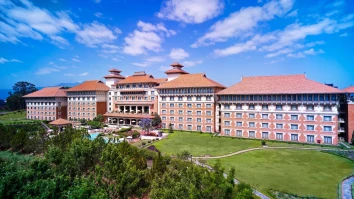
24th Apr, 2017
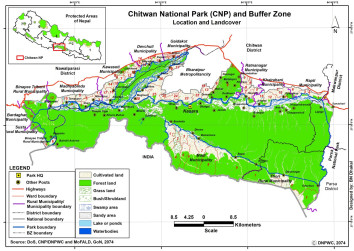
3rd Apr, 2014

3rd Jun, 2017

20th Jan, 2017

16th Jan, 2017
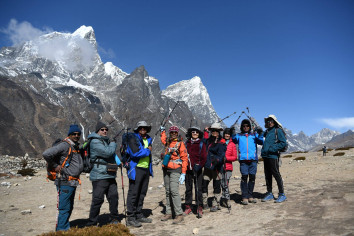
12th Jul, 2015

9th Apr, 2019
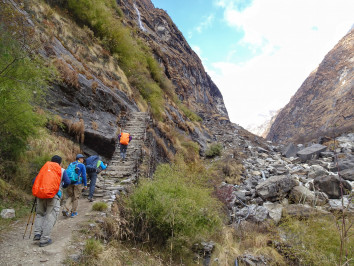
9th Jan, 2014
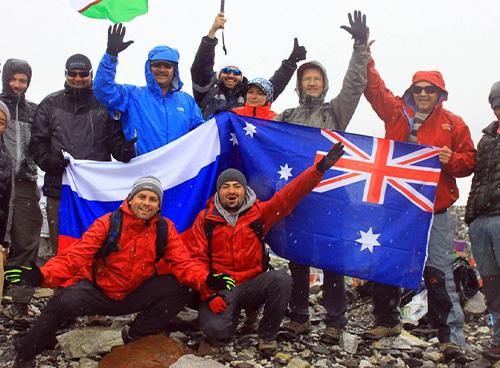
4th Apr, 2019
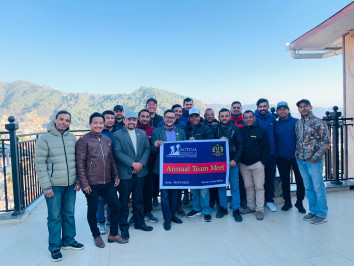
2nd Jan, 2014

2nd Apr, 2019

2nd Jan, 2014
-1.jpg)
30th Jan, 2017
-1.jpg)
4th Oct, 2018

16th Oct, 2018

9th Oct, 2018

24th Jan, 2016

4th Oct, 2018
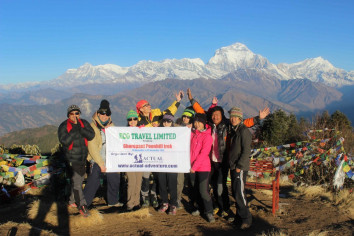
24th Aug, 2022

8th Sep, 2022

15th Sep, 2022
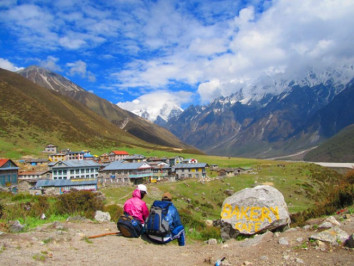
3rd Mar, 2023
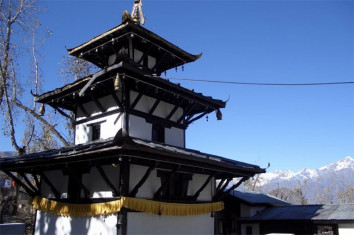
7th Mar, 2023
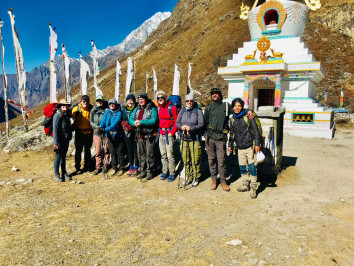
27th Mar, 2023

5th Apr, 2023

12th Apr, 2023
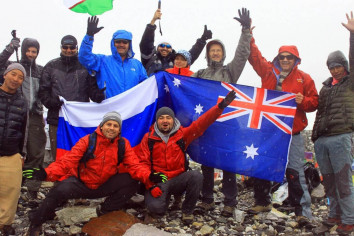
21st Apr, 2023

24th Apr, 2023
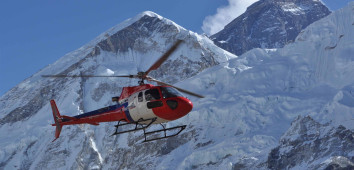
27th Apr, 2023

1st May, 2023
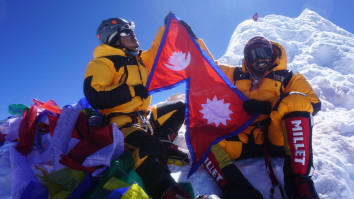
1st May, 2023
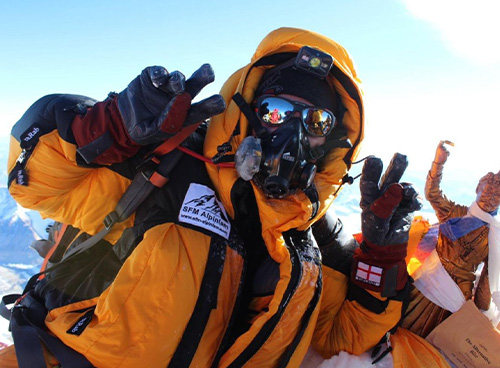
3rd May, 2023
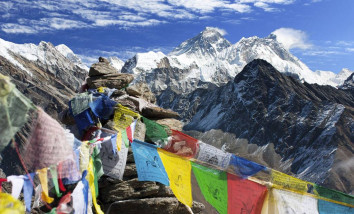
18th May, 2023
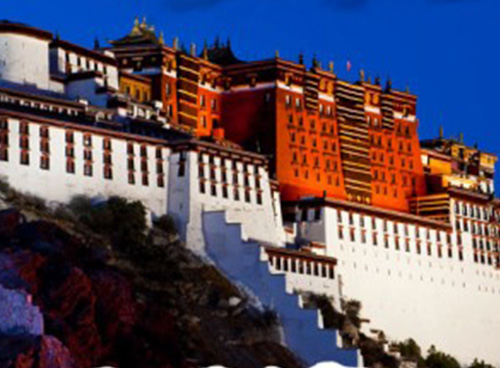
19th May, 2023

16th Jul, 2023

16th Jul, 2023
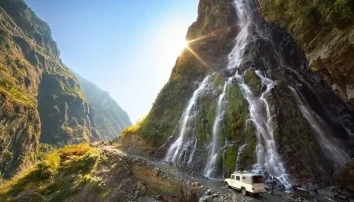
16th Jul, 2023
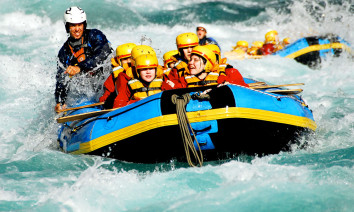
16th Jul, 2023

17th Jul, 2023

17th Jul, 2023

17th Jul, 2023

17th Jul, 2023

17th Jul, 2023

17th Jul, 2023

17th Jul, 2023

20th Jul, 2023
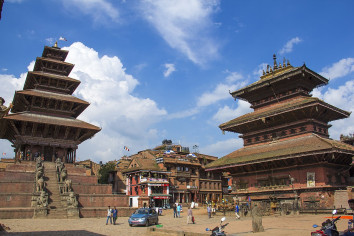
21st Jul, 2023

27th Jul, 2023
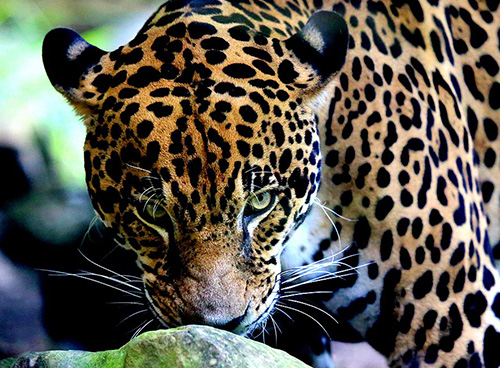
30th Jul, 2023
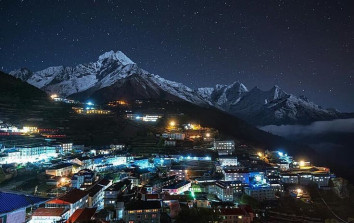
30th Jul, 2023

21st Aug, 2023
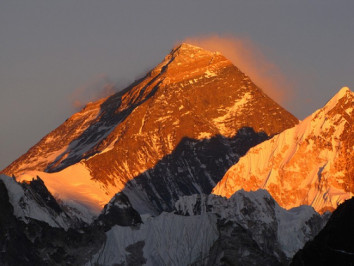
22nd Aug, 2023
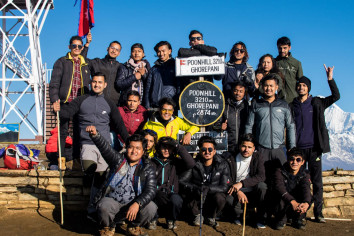
28th Aug, 2023
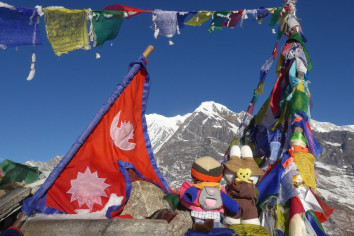
6th Oct, 2023

5th Nov, 2023

7th Nov, 2023

19th Nov, 2023
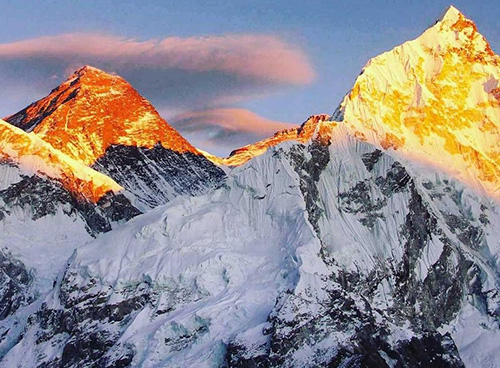
25th Nov, 2023

1st Dec, 2023
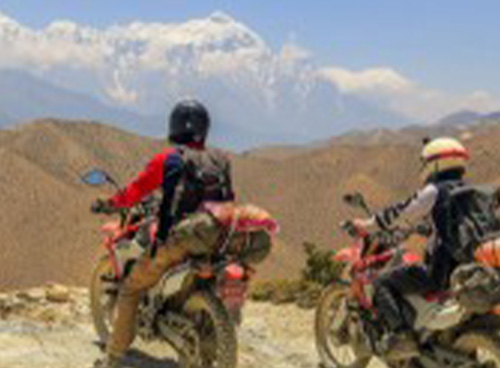
3rd Dec, 2023

13th Dec, 2023
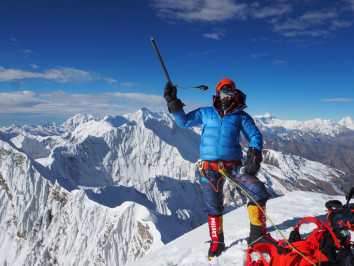
13th Dec, 2023
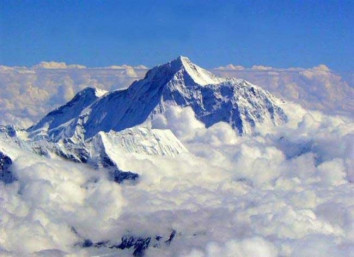
13th Dec, 2023

21st Dec, 2023

21st Dec, 2023

23rd Dec, 2023
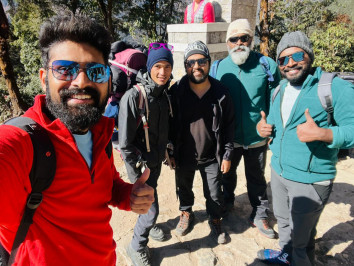
25th Dec, 2023

25th Dec, 2023

31st Dec, 2023
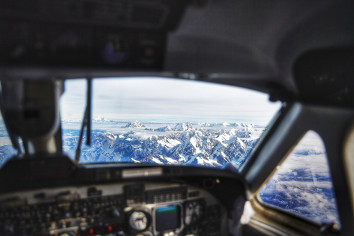
31st Dec, 2023
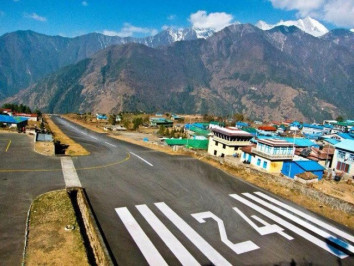
31st Dec, 2023

1st Jan, 2024
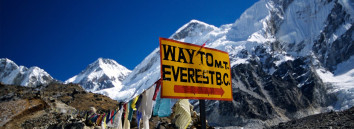
2nd Jan, 2024
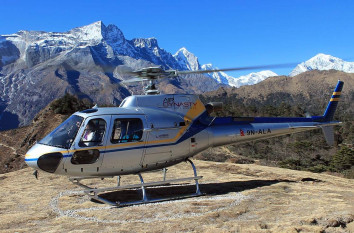
2nd Jan, 2024
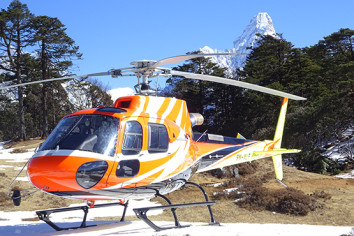
2nd Jan, 2024

3rd Jan, 2024
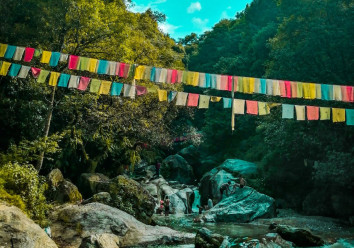
4th Jan, 2024
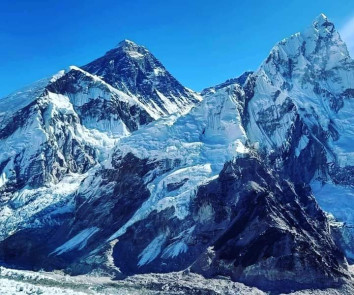
4th Jan, 2024
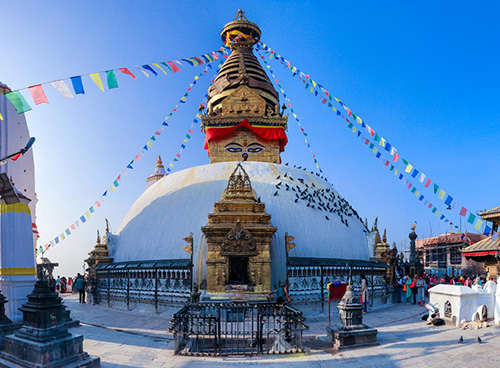
4th Jan, 2024
.jpg)
4th Jan, 2024

4th Jan, 2024

4th Jan, 2024

5th Jan, 2024

6th Jan, 2024

6th Jan, 2024

9th Jan, 2024

10th Jan, 2024
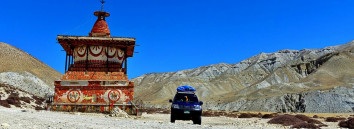
10th Jan, 2024
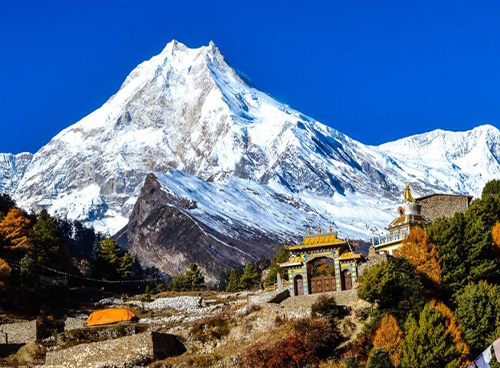
10th Jan, 2024

10th Jan, 2024
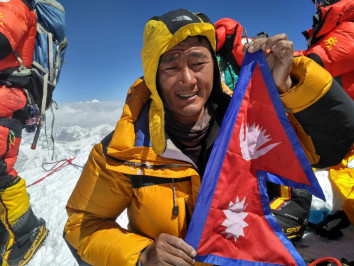
11th Jan, 2024
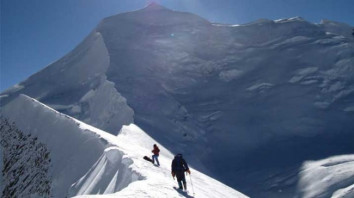
11th Jan, 2024

12th Jan, 2024

12th Jan, 2024
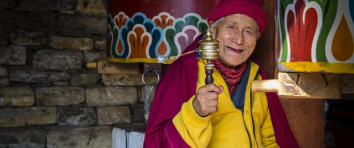
13th Jan, 2024
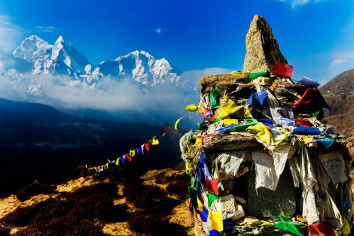
14th Jan, 2024
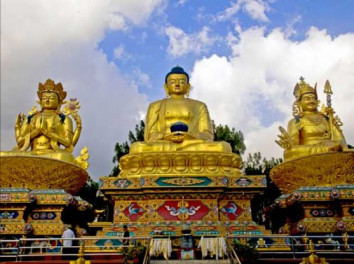
14th Jan, 2024

15th Jan, 2024
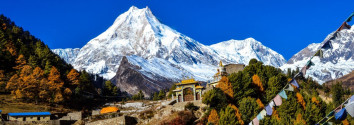
15th Jan, 2024

15th Jan, 2024

16th Jan, 2024
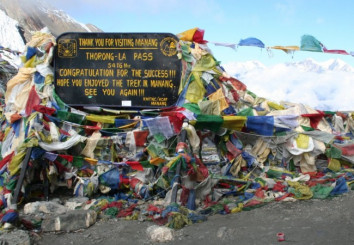
16th Jan, 2024
.jpg)
16th Jan, 2024

16th Jan, 2024
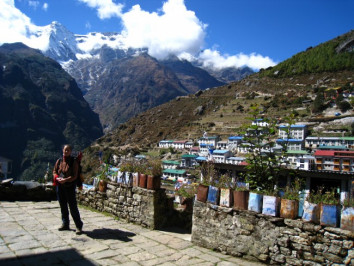
18th Jan, 2024
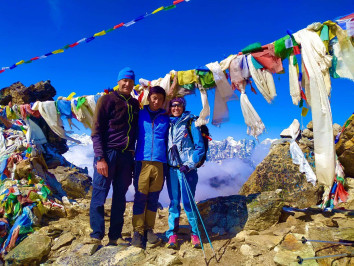
24th Jan, 2024
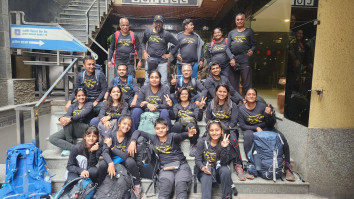
26th Jan, 2024
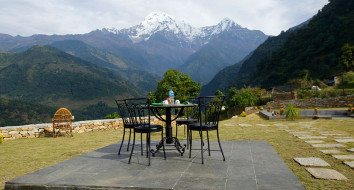
28th Jan, 2024
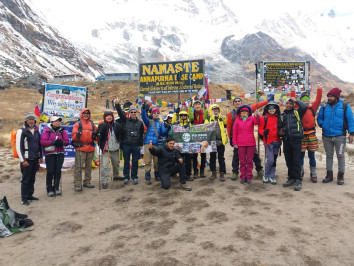
28th Jan, 2024

30th Jan, 2024
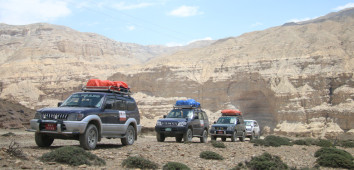
30th Jan, 2024
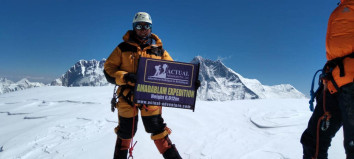
2nd Feb, 2024

2nd Feb, 2024

2nd Feb, 2024
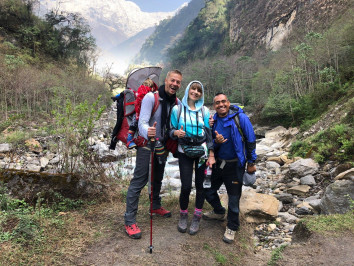
3rd Feb, 2024
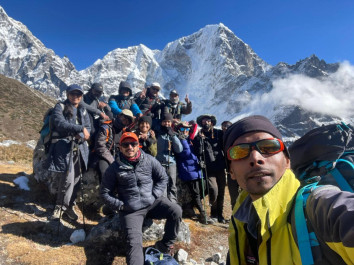
4th Feb, 2024

8th Feb, 2024

9th Feb, 2024

10th Feb, 2024
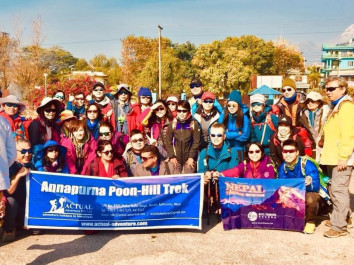
10th Feb, 2024
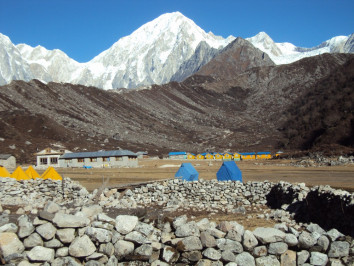
11th Feb, 2024

12th Feb, 2024
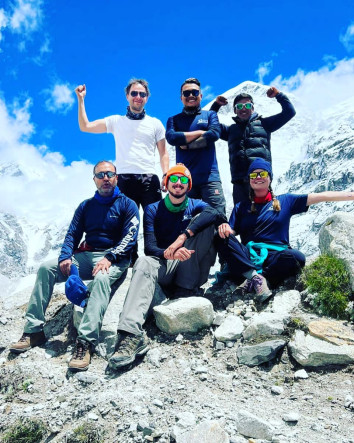
12th Feb, 2024

13th Feb, 2024

13th Feb, 2024

16th Feb, 2024

18th Feb, 2024

20th Feb, 2024
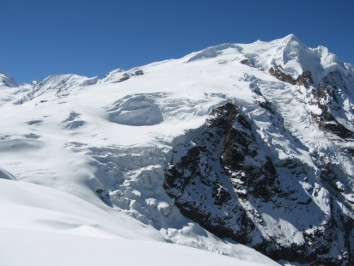
21st Feb, 2024
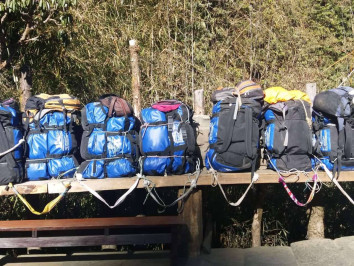
21st Feb, 2024

27th Feb, 2024
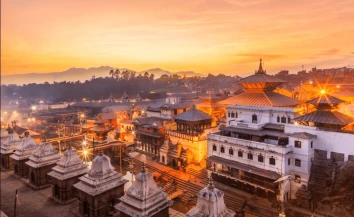
3rd Mar, 2024

3rd Mar, 2024
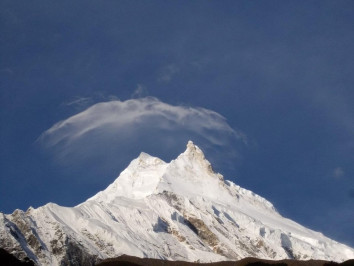
4th Mar, 2024
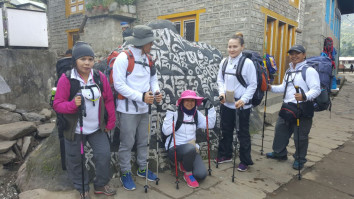
5th Mar, 2024
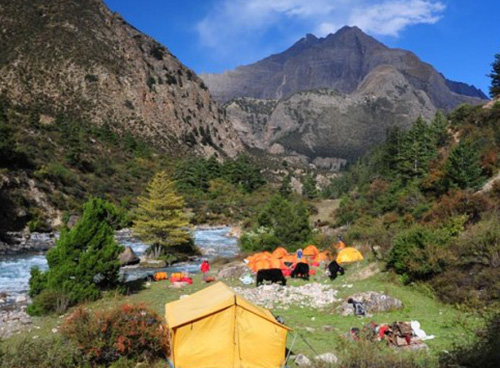
5th Mar, 2024

10th Mar, 2024

10th Mar, 2024

10th Mar, 2024
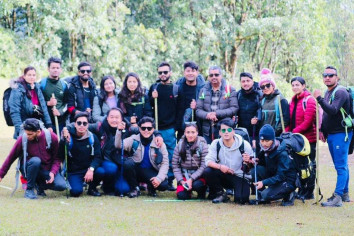
11th Mar, 2024

13th Mar, 2024

13th Mar, 2024
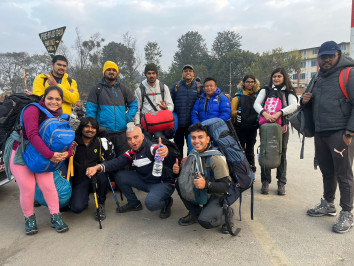
19th Mar, 2024
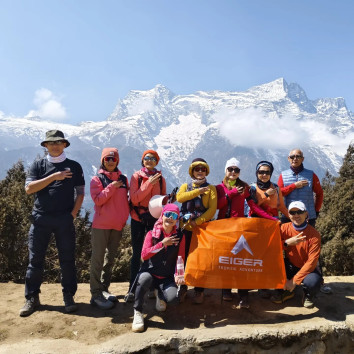
22nd Mar, 2024

26th Mar, 2024

27th Mar, 2024

27th Mar, 2024

27th Mar, 2024
-1624864292-1.jpg)
28th Mar, 2024

2nd Apr, 2024

2nd Apr, 2024

4th Apr, 2024
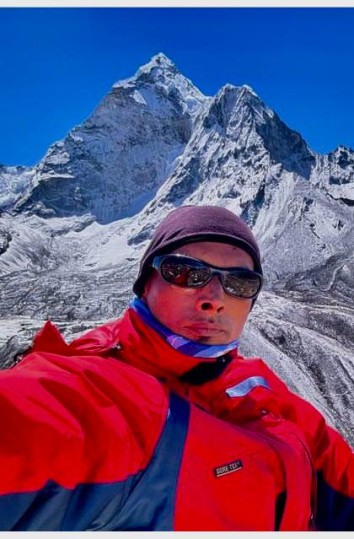
12th Apr, 2024
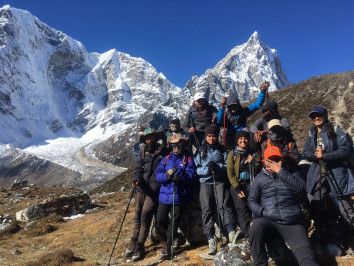




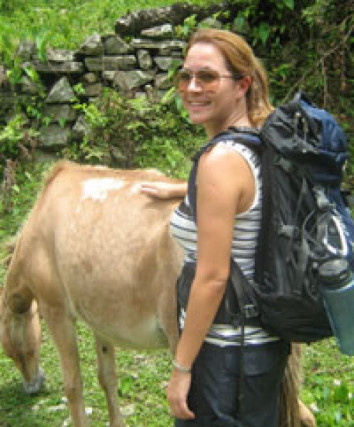
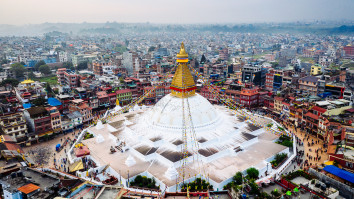
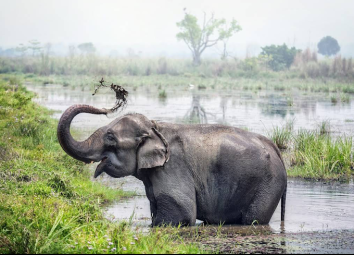


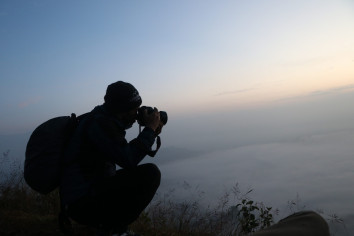


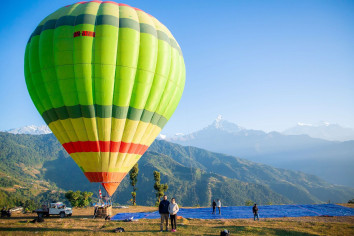






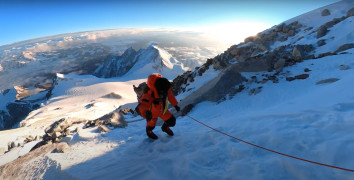
.jpg)
